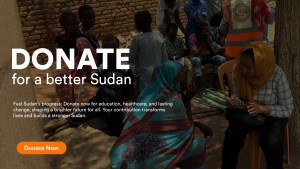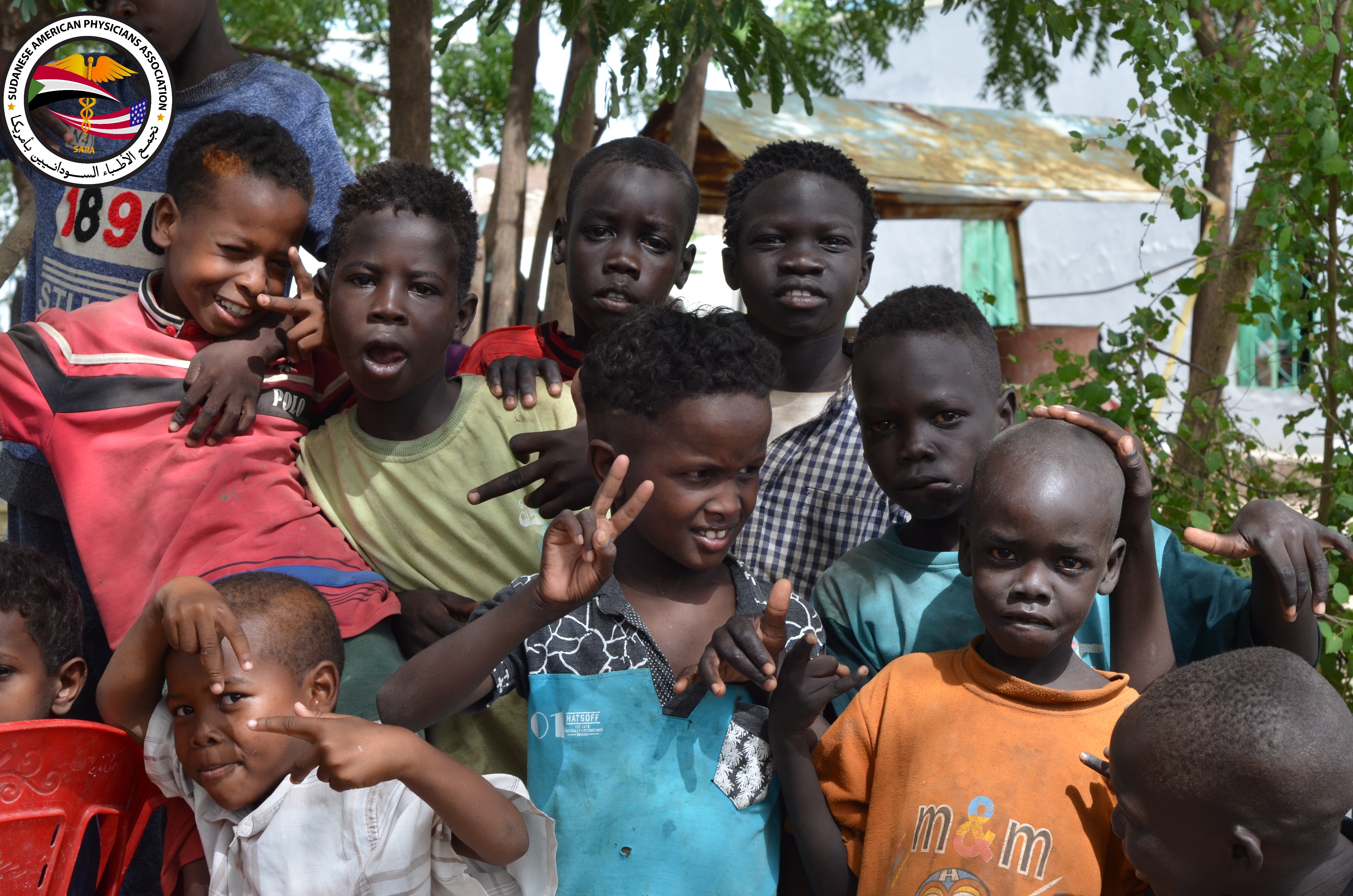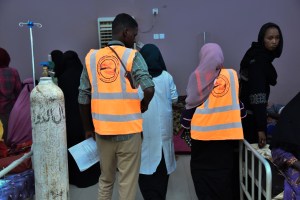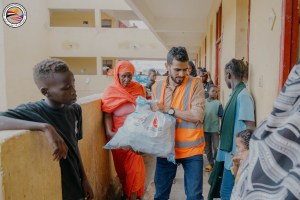Top 10 Poorest Countries In the World | 2024 [GDP per Capita]
As we navigate the intricate fabric of the world’s economies, it becomes crucial to shed light on the nations facing economic challenges. In this exploration, we delve into the top 10 poorest countries in the world in 2024. Additionally, we address common misconceptions, such as whether Africa is the poorest continent if Somalia and Nigeria hold the title of the poorest countries, and what factors contribute to their economic standings.
Understanding Global Poverty: Debunking Common Myths
Is Africa the Poorest Continent?
While Africa is home to several countries facing economic challenges, it is not accurate to label the entire continent as the poorest. Africa comprises diverse nations with varying economic conditions. Some countries on the continent have thriving economies, rich natural resources, and robust infrastructures.
Is Somalia the Poorest Country in the World?
Somalia has faced prolonged periods of conflict and instability, contributing to economic challenges. However, determining the “poorest” country involves considering multiple factors, including GDP per capita, income distribution, and overall economic health. Somalia, though facing difficulties, is not universally recognized as the absolute poorest.
Is Nigeria the Poorest Country in the World?
Nigeria, despite facing economic challenges, is not the poorest country globally. It is the most populous country in Africa and has a diverse economy driven by sectors such as oil, agriculture, and services. While poverty remains a concern, Nigeria’s economic situation is nuanced, with both challenges and opportunities.
What Is the Poorest Country in the World?
Which country is considered the poorest in the world? South Sudan holds this unfortunate title, facing severe poverty amidst ongoing conflicts that have plagued the nation since its inception in 2011. Despite having significant oil reserves, this landlocked country with a population of around 15 million suffers from what’s known as the “resource curse.” This phenomenon sees wealth contributing to political instability, social divisions, corruption, and ongoing violence. The majority of South Sudan’s population relies on traditional agriculture for livelihoods. However, frequent violence and harsh weather conditions often disrupt farming activities, exacerbating the nation’s challenges.

Sudanese Kids Need Heroes like YOU!
DONATE NOW
Top 10 Poorest Countries in the World in 2024 By GDP per Capita:
So, you might be wondering, how do we figure out which countries are the poorest in the world? Well, we often look at GDP per capita, which gives us a general idea. But to really understand how much people can buy with their money, we also consider purchasing power parity (PPP). This helps adjust for things like living costs and inflation rates, giving us a clearer picture of how far people’s money can go in different countries. The GDP data is sourced from Global Finance Magazine.
1. South Sudan ($455 | GDP-PPP per Capita)
As the youngest nation in the world, South Sudan faces significant economic challenges, known as the Sudan Crisis. The aftermath of prolonged conflict and dependence on oil revenue has hindered its economic growth.
As the youngest nation in the world, South Sudan grapples with profound economic challenges, including the enduring effects of the Sudan Civil War and the persistent issue of Hunger in Sudan. The country also confronts a severe South Sudan Water Crisis, further exacerbating its struggles. In response to these pressing concerns, initiatives like the Sudan Relief Fund and Water for Sudan actively contribute to addressing the multifaceted crisis, offering hope and tangible support. Amidst these challenges, efforts such as Sudan Hunger Relief strive to alleviate suffering, recognizing the urgent need for sustainable solutions in this complex and evolving landscape. The aftermath of prolonged conflict and a reliance on oil revenue has undeniably hindered South Sudan’s economic growth, emphasizing the critical importance of holistic interventions for lasting positive change.
Read More: Why Sudan is one the poorest countries in the world
2. Burundi ($916 | GDP-PPP per Capita)
Burundi consistently ranks among the poorest countries globally. Economic instability, political unrest, and reliance on subsistence agriculture contribute to its economic struggles.
3. Central African Republic ($1,123 | GDP-PPP per Capita)
The Central African Republic contends with ongoing conflict and political instability, affecting its economic development. The nation faces challenges in infrastructure, healthcare, and education.
4. Democratic Republic of the Congo ($1,552 | GDP-PPP per Capita)
Despite being resource-rich, the DRC faces economic challenges due to political instability, corruption, and inadequate infrastructure. This vast nation struggles with economic inequality.
5. Mozambique ($1,649 | GDP-PPP per Capita)
Mozambique, located in southeastern Africa, faces economic challenges stemming from natural disasters, political instability, and reliance on agriculture.
6. Niger ($1,675 | GDP-PPP per Capita)
Niger, a landlocked country in West Africa, faces challenges such as rapid population growth, environmental issues, and limited economic diversification.
7. Malawi ($1,712 | GDP-PPP per Capita)
Malawi, located in southeastern Africa, grapples with issues like food insecurity, limited access to education, and a predominantly agricultural economy.
8. Liberia ($1,882 | GDP-PPP per Capita)
Liberia, recovering from years of civil war, deals with economic challenges, including high unemployment rates, limited infrastructure, and dependence on a few key exports.
9. Madagascar ($1,979 | GDP-PPP per Capita)
Madagascar faces economic challenges due to political instability, environmental issues, and dependence on agriculture. The nation’s biodiversity contrasts with economic struggles.
10. Yemen ($1,996 | GDP-PPP per Capita)
Yemen, torn by conflict and instability, faces economic hardships marked by widespread poverty, food insecurity, and a struggling healthcare system.
DONATE via STRIPE
Factors Contributing to Poverty
Political Instability: Many of the poorest countries grapple with political unrest and conflict, hindering economic development and stability.
Economic Dependence: Reliance on a limited range of industries, such as agriculture or extractive industries, can make countries vulnerable to economic fluctuations.
Population Growth: Rapid population growth strains resources and can outpace economic development efforts, contributing to poverty.
Natural Disasters: Nations prone to natural disasters, such as hurricanes or droughts, face challenges in rebuilding and sustaining economic growth.
Limited Access to Education and Healthcare: Inadequate education and healthcare infrastructure hinder human capital development, perpetuating cycles of poverty.
Conclusion
As we examine the top 10 poorest countries in the world in 2024, it’s essential to dispel misconceptions about Africa being universally the poorest continent and specific countries like Somalia and Nigeria being the absolute poorest. Economic challenges are multifaceted and influenced by a range of factors. Understanding the complexities of each nation’s situation allows for more informed discussions on addressing global poverty and fostering sustainable development.
If you’re looking to make a positive impact, consider taking a moment to Donate to Sudan, supporting initiatives that address critical issues and contribute to the well-being of communities in Sudan.






